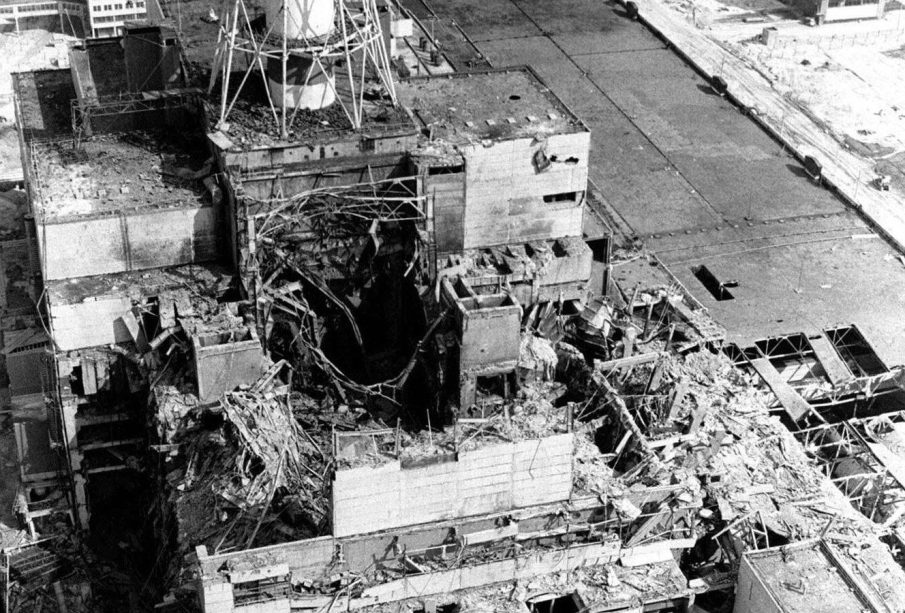The Chernobyl Disaster: 37 Years On

Understanding the Chernobyl Disaster
On April 26, 1986, the world witnessed one of the most catastrophic nuclear disasters in history at the Chernobyl Nuclear Power Plant in Ukraine. The incident, which resulted from a flawed reactor design coupled with serious mistakes made by the plant operators, released an unprecedented amount of radioactive material into the atmosphere. This event has continued to shape nuclear policies and public perceptions of nuclear energy long after the flames were extinguished.
The Immediate Aftermath
Emergency responders and plant workers were initially unaware of the disaster’s severity. Many entered the site without sufficient protective gear, leading to acute radiation sickness and, tragically, death. The Soviet government, slow to respond, eventually evacuated approximately 49,000 people from the nearby town of Pripyat, where most residents were uninformed about the health risks they faced. Later evacuations spread to a 30-kilometre exclusion zone, which remains largely uninhabited to this day.
Long-term Health Effects and Environmental Impact
In the years following the disaster, there have been significant concerns regarding health implications. The World Health Organization estimates that thousands of additional cancer cases, particularly thyroid cancer in children exposed to radioactive iodine, can be attributed to the incident. Beyond health implications, the environmental impact is profound; a large area remains contaminated, leading to a unique wildlife sanctuary flourishing in the absence of human interference.
Current Developments and Future Implications
As of 2023, Chernobyl has become a site of interest not only for those studying nuclear safety but also for tourists. Guided tours to the exclusion zone are popular, bringing attention to the remnants of human life and the remarkable resilience of nature. However, with the ongoing conflict in Ukraine, there are new concerns about the security and integrity of the site. Recent events have heightened fears regarding the potential for further radioactive contamination.
Conclusion: Remembering Chernobyl
The disaster at Chernobyl serves as a stark reminder of the potential dangers inherent in nuclear energy. Its legacy continues to influence global discussions on energy policies and safety protocols. The future of Chernobyl remains uncertain, but understanding its history is vital in preventing such tragedies from happening again. It remains an essential chapter in our collective narrative of industrial safety, environmental stewardship, and the human spirit’s resilience.









